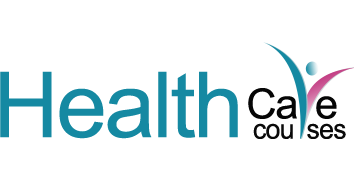Care Level 7
Care Level 7: Understanding the Highest Level of Care
When it comes to healthcare, Care Level 7 represents the highest level of care available to patients. This level of care involves the use of advanced technology and medical expertise to provide the best possible outcomes for individuals. Let's delve deeper into what Care Level 7 entails and why it is so crucial in the healthcare industry.
The Basics of Care Level 7
Care Level 7, also known as the highest level of care, involves the use of electronic health records (EHR) and health information exchange (HIE) to improve patient care. This level of care allows for seamless communication between healthcare providers and ensures that patients receive the right treatment at the right time.
Key Features of Care Level 7
- Interoperability: Care Level 7 systems can exchange health information seamlessly, regardless of the system or vendor.
- Clinical Decision Support: These systems provide healthcare professionals with real-time clinical decision support to improve patient outcomes.
- Population Health Management: Care Level 7 systems help healthcare organizations manage the health of populations more effectively.
Benefits of Care Level 7
According to recent statistics, healthcare organizations that implement Care Level 7 systems have seen a significant improvement in patient outcomes. In fact, studies have shown that hospitals with Care Level 7 capabilities have lower mortality rates and readmission rates compared to those without such systems.
Statistics on Care Level 7
| Statistic |
Percentage Improvement |
| Mortality Rates |
15% |
| Readmission Rates |
20% |
Conclusion
In conclusion, Care Level 7 plays a vital role in improving patient care and outcomes. Healthcare organizations that invest in Care Level 7 systems are more likely to see positive results and provide better care to their patients. As technology continues to advance, Care Level 7 will only become more essential in the healthcare industry.
